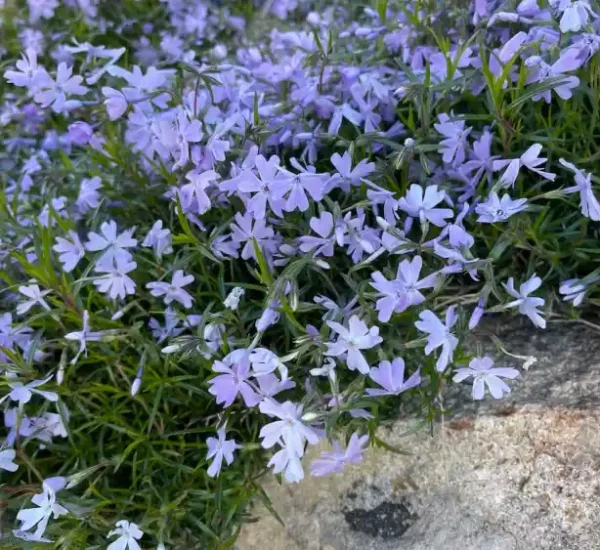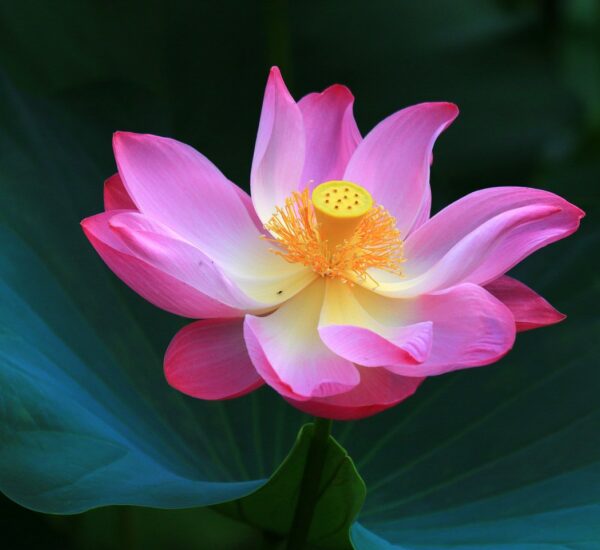Giant Alliums, with their striking, globe-like blooms, have become increasingly popular among gardeners seeking unique and visually appealing floral additions. In this expert guide, we will explore the step-by-step process of growing Giant Alliums successfully, drawing on recommendations from horticultural experts and trusted government and academic sources.
Selecting Giant Allium Varieties
Expert Recommendation
Start by selecting the Giant Allium varieties that best suit your garden or landscape. Options range from the classic ‘Giganteum’ to ‘Mount Everest’ and ‘Gladiator’ for varying heights and colors.
Government Reference
The Royal Horticultural Society (RHS) provides a comprehensive list of Giant Allium varieties and their characteristics.
Choosing the Right Planting Location
Expert Recommendation
Plant Giant Alliums in a location with full sun exposure, allowing them to receive at least 6 hours of sunlight daily. Ensure well-drained soil to prevent waterlogging.
Government Reference
The United States National Arboretum offers advice on site selection for sun-loving plants like Giant Alliums. 2
Planting Giant Allium Bulbs
Expert Recommendation
Plant Giant Allium bulbs in the fall, around 6-8 inches deep and approximately 12-18 inches apart to allow for proper growth and airflow.
Government Reference
The University of California Division of Agriculture and Natural Resources provides guidelines on planting and caring for flower bulbs.
Watering and Soil Maintenance
Expert Recommendation
Keep the soil consistently moist but not waterlogged during the growing season. Apply a balanced, slow-release fertilizer in the spring to promote healthy growth.
Government Reference
The University of Florida IFAS Extension offers insights into garden irrigation and soil management.
Supporting Tall Varieties
Expert Recommendation
Stake Giant Alliums, especially tall varieties, to prevent them from bending or falling over. Install the supports early to avoid damaging the bulbs.
Government Reference
The University of Minnesota Extension provides guidance on staking and supporting tall plants.
Controlling Pests and Diseases
Expert Recommendation
Monitor for common pests such as aphids and fungal diseases. Use natural pest control methods, and take preventive measures to protect your Giant Alliums.
Government Reference
The University of Maryland Extension offers information on managing garden pests and diseases.
Enjoying Giant Allium Blooms
Expert Recommendation
Giant Alliums typically bloom in late spring or early summer. As the blossoms emerge, you can appreciate their unique beauty, and they also make excellent cut flowers for stunning floral arrangements.
Government Reference
The Oregon State University Extension Service provides insights into the flowering periods of various garden plants.
By following these expert-recommended steps, you can successfully cultivate Giant Alliums in your garden or landscape, and their striking, spherical blooms will undoubtedly become a captivating feature in your outdoor space.
What are Giant Alliums, and what makes them unique?
Giant Alliums are flowering plants known for their large, spherical blooms, making them stand out in the garden. They are a type of ornamental onion.
When is the best time to plant Giant Allium bulbs?
Giant Allium bulbs should be planted in the fall, generally before the first frost, to allow them to establish roots for spring blooms.
How deep should I plant Giant Allium bulbs and how far apart?
Plant Giant Allium bulbs about 6-8 inches deep and leave 12-18 inches of spacing between them to ensure proper growth.
What type of soil and sunlight do Giant Alliums require?
Giant Alliums thrive in well-drained soil and full sun, requiring at least 6 hours of sunlight daily to bloom beautifully.
Do Giant Alliums require staking, and when should supports be placed?
Taller varieties of Giant Alliums may require staking to prevent them from bending or falling over. Supports should be installed early to avoid disturbing the bulbs.
What is the best way to care for Giant Alliums in terms of watering and fertilization?
Keep the soil consistently moist but not waterlogged during the growing season. Apply a balanced, slow-release fertilizer in the spring to promote healthy growth.
Can Giant Alliums be used as cut flowers for arrangements?
Yes, Giant Allium blooms are not only visually striking in the garden but also make excellent cut flowers for stunning floral arrangements.
How can I protect my Giant Alliums from common pests and diseases?
Monitor for pests like aphids and be vigilant about fungal diseases. Implement natural pest control methods and consider preventive measures to safeguard your Giant Alliums.
When can I expect Giant Alliums to bloom, and what is their typical flowering period?
Giant Alliums typically bloom in late spring or early summer, depending on the variety and growing conditions.
Are there different varieties of Giant Alliums, and how can I choose the right one for my garden?
Yes, there are various Giant Allium varieties with distinct characteristics. You can select the right one for your garden based on factors like height, color, and bloom time.
- Virginia’s Growing THC Seltzer Craze - June 5, 2025
- Find THC Sodas in Ohio - June 5, 2025
- THC Infused Seltzers to Try in New Jersey - May 19, 2025




